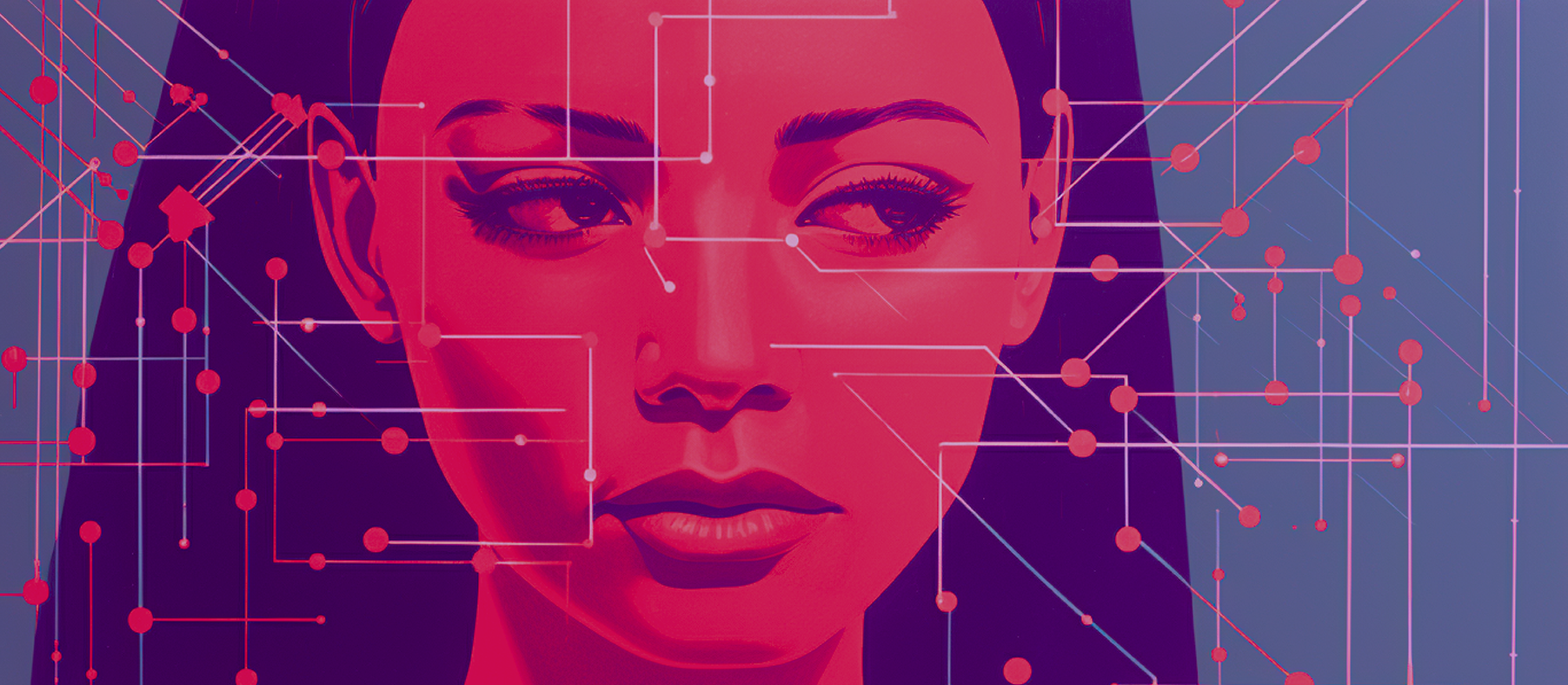In their recent article: Digital Transformation and HR: Playing a Role, Making an Impact, the Society for Human Resource Management (SHRM) showcased insights from Kelli Trujillo, Hero Digital’s Chief People Officer.
Written by Lin Grensing-Pophal, this article highlights what digital transformation means for HR professionals. Read the full article below.
”
“Digital transformation” is a phrase that’s tossed around a lot these days. But what does it mean? And, specifically, what does it mean for HR professionals? There’s a good chance that digital transformation efforts are taking place in your organization. If they’re taking place without you, or if you have a role on the sidelines, these initiatives may be doomed from the start.
The Mandate for Digital Transformation
The Hackett Group has identified supporting enterprise digital transformation as one of the top HR priorities for 2022—and it’s a priority that is likely to continue long beyond that. They write: “The pandemic accelerated enterprise digital transformation of market offerings, processes, and ways of working. HR organizations must step up their game in areas that can directly affect the success of these programs, such as leadership, culture, skills development, and change management.”
Practitioners agree. “The biggest trend for managing a remote/hybrid workforce in 2022 will be the continued rapid convergence of the workplace and technology and digital disruption of the HR department,” said Patricia Sharkey, SHRM-SCP, head of HR at IMI People, based in Nashville, Tenn. “Companies across the U.S. are actively seeking tech solutions that help centralize processes, keep a pulse on employees, assist with COVID tracing and tracking, and create and maintain a virtual culture of visibility, transparency and responsiveness.”
Stepping Up: HR’s Role in Digital Transformation
Automation and artificial intelligence, Sharkey said, will play a major role in the evolution of the workplace. But HR needs to take a front and center role in leading the transformation, which can be challenging.
“Fairly or unfairly, the perception of HR from most CIOs I’ve worked with is that they are focused on compliance and risk reduction,” said Ben Grinnell, a managing director and an IT and HR expert at North Highland Consulting in London.
Grinnell recommended that “HR work with business leaders to define a strategic sourcing model to which the organization can commit.” It’s important, he said, for HR to “recognize that building a sustainable capability in-house is a huge undertaking, requiring leadership, people development, career paths, roles and skills clarification, and a culture of lifelong learning and feedback.”
HR’s role here is critical, he said. “Without the workforce properly prepared in advance to engage, transformation efforts are dead on arrival and a waste of money,” he warned, pointing to research cited by Harvard Business Review indicating that without these advance preparations, “70 percent of corporate transformation efforts are doomed to fail.”
While digital transformation is an organizational initiative and not limited to HR, people are the common denominator.
Jason Keogh, Field CTO at 1E, a London-based company that specializes in digital employee experience, pointed out, “Every time an employee touches a keyboard or moves a mouse, they have a digital experience—and while IT is responsible for these interactions, digital employee experience [DEX] has a major impact on HR, as ‘IT friction’ can be a determining factor in employee satisfaction.”
Keogh said he’s seen that friction in workplaces worldwide. “Employees who suffer from a lack of cohesion endure a poor digital experience and will become increasingly frustrated by their inability to complete everyday tasks,” he said. That frustration, he noted, can lead to turnover.
It’s important for HR and IT teams to work together to reduce this friction, he added. HR also plays an important role in working across the organization to ensure understanding and support. Digital transformation is an organizationwide initiative—and one that is ongoing.
Digital transformation, said Kelli Trujillo, San Francisco-based chief people officer at digital customer experience company Hero Digital, is not a single-step process, but “a constantly evolving focus on your overall strategy and what matters most to employees, customers and clients.” It’s a job that’s never done, she said. “No company is ever fully ‘digitally transformed,’ because it’s about how people live and work tomorrow, next year and beyond.”
Digital Transformation in Action
Alix McCabe, chief human resources and communications officer at global trade credit insurer Allianz Trade North America, said, “Digital transformation is all about actively leveraging technology and data to help us steer our people strategy in a future-focused way.” HR, McCabe said, “is uniquely positioned to provide value-added business insights about a company’s most critical investment—its people.” Unfortunately, she added, “many HR teams struggle with legacy or disparate [human resource information] systems, manual processes and competing daily priorities that hinder our ability to be as data-driven and forward-looking as we’d like to be.”
Cohesive people operations, McCabe said, require embracing a digital mindset. They also require collaboration.
“We’ve learned that a dedicated project team comprised of HR, operations, IT and relevant business experts is a winning model for us,” she said. “Any successes we’ve achieved in digital transformation have been hinged on gaining input and active collaboration across functions and departments.” It has also been critical to foster true support from top-level leadership, she said, including the CEO.
McCabe offered some important advice to HR professionals involved in digital transformation efforts: Don’t be afraid to fail. “Not every new tool or system is going to be a smashing success,” she said. “We have to embrace a test-and-fail mentality and be willing to challenge ‘the way things have always been done.’ I can think of several digital tools or processes that we’ve piloted in the past four years that didn’t deliver as expected. This doesn’t mean we should give up. Rather, we collected our learnings and used them to inform the next initiative.”
Along the way, make sure you’re maintaining a strong focus on communication and collaboration.
Communication and Collaboration: Key Best Practices
Don’t underestimate the power of transparent, frequent communication, McCabe said—and not just after decisions have been made or it’s time for training on new systems and processes to begin. “It can be tempting to fall into the trap of refraining from communicating until a project is complete,” she said. “We’ve found that regular communication to all stakeholders in the midst of a digital project—regardless of whether everything is on track—works wonders in terms of gaining interest, understanding and buy-in.”
Trujillo agreed. You’ll miss opportunities, she said, if you fail to “collaborate and engage your business partners and employees in the workplace evolution.”
That engagement, just like digital transformation efforts themselves, must be ongoing. Keogh pointed to employee sentiment analysis—one element of DEX—as a way to “audit employees’ opinions of systems once they’re in place to ensure they’re not hindering productivity or general happiness.” The employee experience, he stressed, is a critical factor in the digital workforce to avoid driving up costs, reducing security or creating organizational friction.
Finally, Trujillo cautioned, despite the major investment in technology that will be required in any digital transformation effort, “never lead with technology.” Instead, she said, “Start with leadership; your culture; and an in-depth understanding of how your people work, how they want to be hired and where they want to be.”
”







